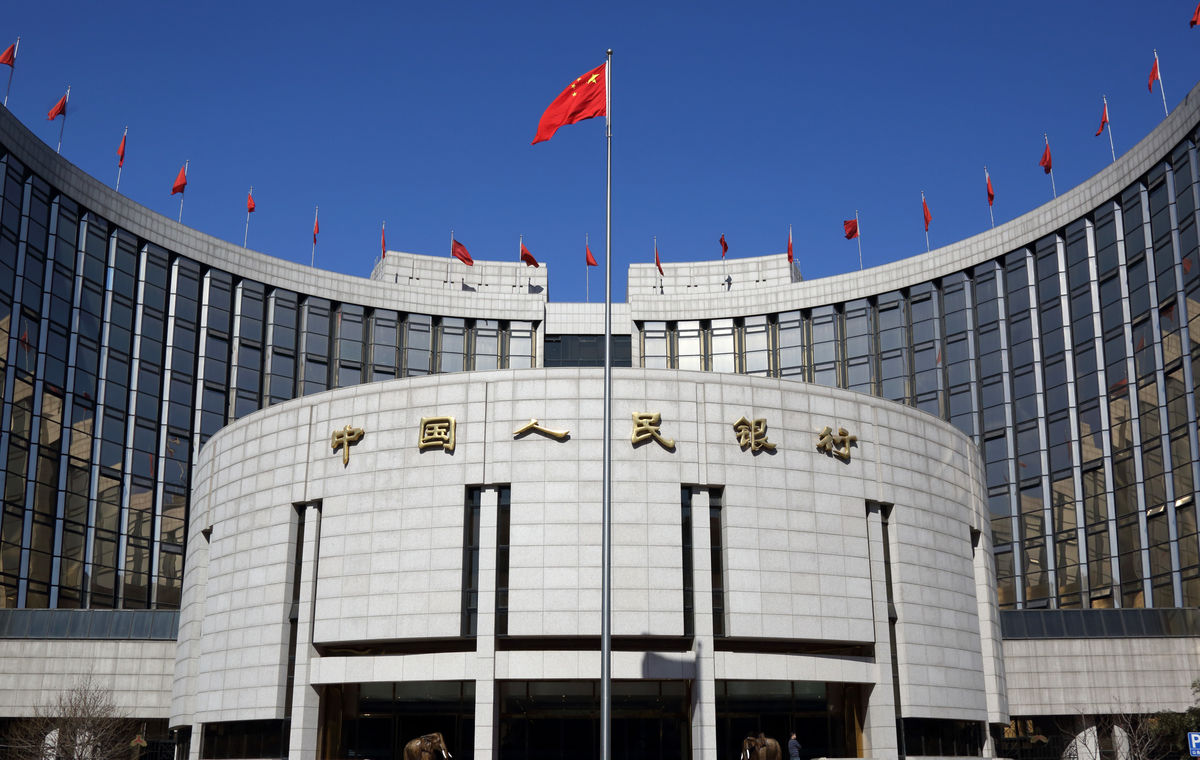
This past summer much of the world looked on in horror as China’s stock market cratered. Total share value fell more than three trillion dollars in a matter of weeks. The crisis in the equity markets seemed to foretell a slowdown in China, threatening the global economy. A weaker Chinese economy would mean lower demand for raw materials in the global commodities market, potentially hurting firms worldwide.
The fear of a hard economic landing in China, however, were overblown. The more likely scenario is that China’s economy will grow at a slower but not disastrous rate. There are four major reasons why China’s economy will not suffer a devastating crash: recent encouraging statistics, the tactics being implemented by the People’s Bank of China, the transition of the economy to a more industrial to service-based economy, and Chinese consumer spending.
Last week, China announced that its 3rd Quarter Gross Domestic Product (GDP) grew 6.9% compared to last year. Admittedly, this is its worst performance in China since 2009. But the results were better than expected, even after taking into account the likelihood that China inflated the numbers. In any case, it shows that a steep near-term decline is unlikely.
Additionally, the People’s Bank of China, the central bank of China, has shown that it is committed to supporting the economy. Although the bank responded in a somewhat haphazard manner to the summer equity market crisis by banning short sales and propping up the currency, its response to the general downturn has been more intelligent. The bank has decisively increased spending on infrastructure projects; moreover, on October 23 the central bank cut interest rates to below 4.5% and lowered the reserve requirement ratio for banks, freeing up more money in the credit markets. The combination of fiscal stimulus and monetary easing will buoy the economy.
Furthermore, the Chinese service sector is growing and will pick up the slack left off by declining industrial output. China is currently transitioning from what economists call the “old” (industrial-based) economy to the “new” (service based) economy, which will keep China competitive in the future. Part of the Shenzhen Stock Exchange, the ChiNext index, which tracks the new economy, rebounded in October from the sharp sell-off in June and July, suggesting investor confidence in the service sector.
Finally, consumer retail spending will continue to bolster economic growth. Retail sales, for instance, appear to have stabilized at about 11% year-on-year. Although sales have not increased, neither have they declined drastically as some feared. Combined with fiscal stimulus from the government, this will provide some form of reliable demand in China’s economy that will prevent a major decline in GDP.
Of course, China’s economy still faces significant challenges ahead. Its GDP will probably grow at lower levels than previously because of falling industrial output. In addition, capital outflows also rapidly increased pace in September, with nearly 200 billion dollars of easily transferrable “hot money” exiting the country. If the outflows continue, even at lower rates, this will put a strain on future growth and China’s relative competitiveness. What is more, as China transitions to a new service-based economy from its old industrial based economy, it will face some painful restructuring as the industrial sector declines and the service industry grows. But ultimately this will make China more competitive and provide a source of reliable economic growth. In the long-term, if China can successfully transition to a service economy, it will retain its economic strength.
In the short-term, despite the market shocks of this past summer, Chinese growth will not reduce dramatically and China will continue to grow at a more subdued rate. For countries that trade with China, above all the United States, that is good news.